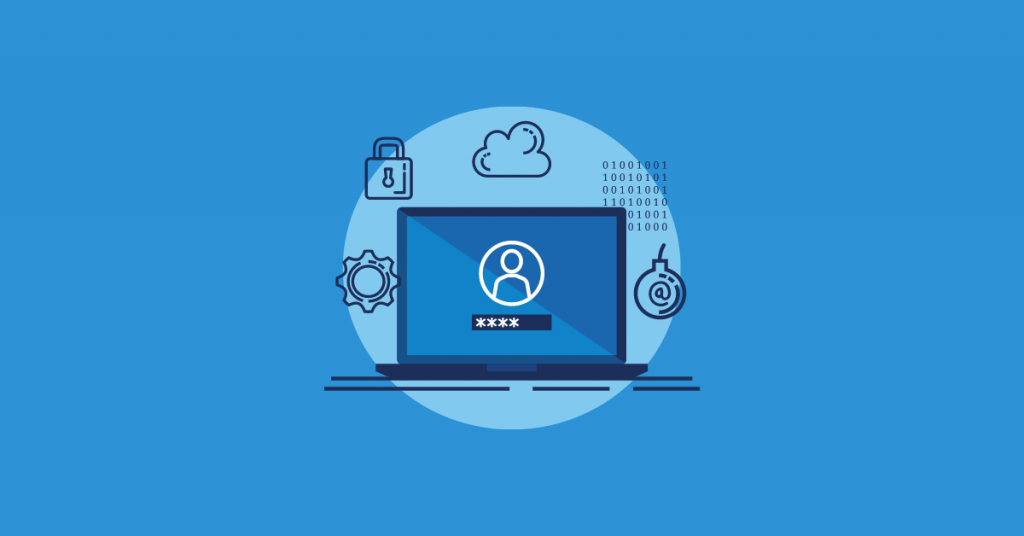 Cybersecurity Snapshots #44 - Data Travel is the Organization's Next Big Cybersecurity Challenge
Cybersecurity Snapshots #44 - Data Travel is the Organization's Next Big Cybersecurity Challenge
Cybersecurity Snapshots #44 -
Data Travel is the Organization's Next Big Cybersecurity Challenge

The number of data breaches continues to rise, and so do data breach costs. According to IBM, the cost of data breaches rose to $4.45 million per incident in 2023, up 2.3% from $4.35 million in 2022. Overall, the average cost has increased 15.3% from the $3.86 million average in 2020. IBM found that cloud data was involved in most breaches. IBM noted that 82% of breaches involve data stored in public, private or a combination of multiple clouds. In 39% of cases, breaches crossed multiple cloud environments and ran a higher-than-average data breach cost of $4.75 million per incident. Many organizations do not know where their data lives once in the cloud. Knowing how or where data is used, shared, or stored is essential to ensure organizational security.
Data travel is the journey data takes once it leaves an organization's direct control. With the rise of cloud services, data has become increasingly mobile and interconnected, often passing through various servers, data centers, and potentially third-party entities before reaching its intended destination. Each new point in this journey represents a possible opportunity for data exposure or mishandling, which makes data travel a serious cybersecurity concern, particularly when it comes to an organization's data. For example, data could be intercepted during transmission, improperly accessed at rest, or incorrectly disposed of at the end of its lifecycle. The CTO of ClearDATA, Jim Ducharme, stated that each server or network an organization's information travels through, each device it's accessed from, and every person who accesses it represents potential vulnerabilities that could be exploited by bad actors. Ducharme noted that understanding data travel is a crucial first step in ensuring that an organization's data remains protected throughout its entire lifecycle, from creation to deletion.
One common myth among organizations is that data stored in the cloud stays in a fixed location. In reality, data in the cloud is far from stationary. Cloud storage often means distributing data across multiple servers and data centers, often in different locations, to ensure reliability and quick access. Cloud providers usually utilize strict security measures to protect this data, but the fact that this data is scattered and constantly moving makes it that much harder to monitor and secure. Ducharme stated that each jump data takes between servers could potentially expose it to additional vulnerabilities. Ducharme noted that as data passes over geographic boundaries, it can fall under the jurisdiction of various regulations. For example, data stored in the European Union is subject to GDPR, while the same data stored in the U.S. falls under different laws. Ducharme stated that to navigate these complexities of data travel, it's essential for organizations to first understand the true nature of data movement in the cloud. Once the foundation of that understanding has been established, organizations can then work to implement comprehensive security measures to keep data secure across the dynamic cloud landscape.
Ducharme shared some essential strategies organizations can utilize to manage and monitor data travel effectively. First is data mapping. Data mapping allows an organization to gain a comprehensive view of how data moves within and outside an organization. Ducharme noted that it enables one to map data flow and identify every point one's data touches, from devices and networks to third-party vendors. Secondly, organizations must encrypt their data stored on the cloud, whether it is in transit or at rest, because it provides an additional layer of security, ensuring that even if data falls into the wrong hands, it remains unreadable without the correct decryption key. Organizations should also establish rigorous access controls to ensure that only authorized users can access the data. Organizations should also continuously monitor data access and usage so one can detect any suspicious activity and rapidly mitigate it. It is also essential for organizations to partner with cloud providers that prioritize security and offer transparency into their data handling practices. Ducharme noted that if data travel across multiple geographic locations is a concern, look for providers that offer data residency guarantees to ensure regulatory compliance. Lastly, Ducharme recommended that organizations should regularly hold trainings for their entire staff to learn the latest data management best practices because human error is often the cause of data breaches.


